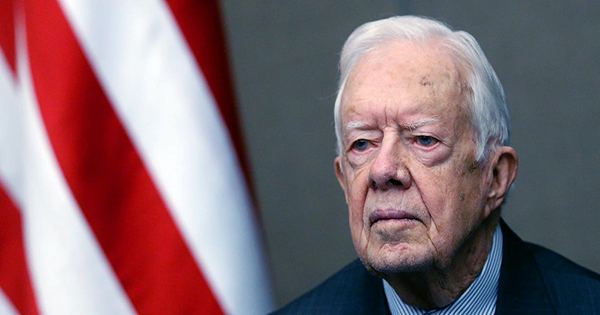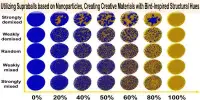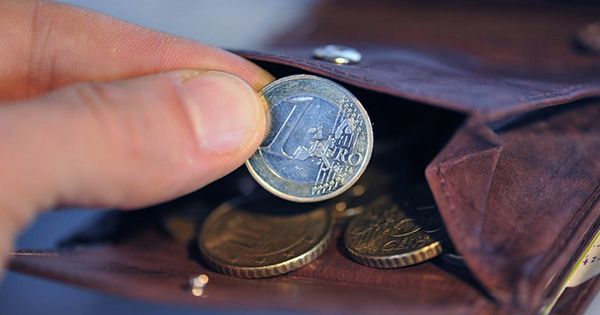A recent tweet has brought attention to a little-known aspect of nuclear history: Jimmy Carter’s role in preventing the first nuclear meltdown, which occurred long before he elected president. The NRX research reactor at Chalk River Laboratories in Ontario, Canada, experienced a partial meltdown on December 12, 1952, due to mechanical failure and human error.
The lab had failed to provide proper cooling for some experimental fuel rods, causing them to rupture and melt, releasing 10,000 Curies of fission products into the reactor building’s basement, riding on a million gallons of cooling water.
It was the first accident of its sort and magnitude, necessitating a massive cleanup effort. Enter a youthful Jimmy Carter, who appears to be a hero. Because of his experience constructing the nuclear propulsion system for the Sea Wolf submarine, Carter asked to manage the cleaning. He expressed his delight at being in charge of the operation’s crew, as well as being one of the few people permitted to enter the nuclear power plant.
To aid their work, the crew built up an identical copy of the reactor on a neighboring tennis court. Because they only had a limited amount of time in the reactor, every second was crucial. “I barely had a few seconds to get into the reactor. We all went down to the tennis court, where they had set up an exact replica of the reactor. We would rush out there with our wrenches and mark off a slew of bolts and nuts, which they had then replace “Why Not the Best? He said in his book.
“Finally, when we got down inside the reactor itself, which was incredibly radioactive, we’d sprint in as quickly as we could and remove as many bolts as we could, the same bolts we’d been training with. Every time one of our men was able to remove a bolt or fitting from the core, the mock-up received the same treatment.” The crew worked in 90-second shifts, running in to complete quick tasks they had practiced on the tennis court before returning to replicate the work they had completed on the court.
The 90-second rule was intended to restrict radiation exposure, however it was likely insufficient, and the team was exposed to more radiation than was recommended. “We were very well schooled on what nuclear power was at the time, but I had radioactivity in my urine for approximately six months after that,” President Carter told CNN in 2011. “They probably let us absorb a thousand times more radiation than we do now. They had no idea because it was still in the early phases.” Working in short shifts, the team able to clean up the aftermath of the world’s first partial meltdown, all while led by the future president of the United States.
















